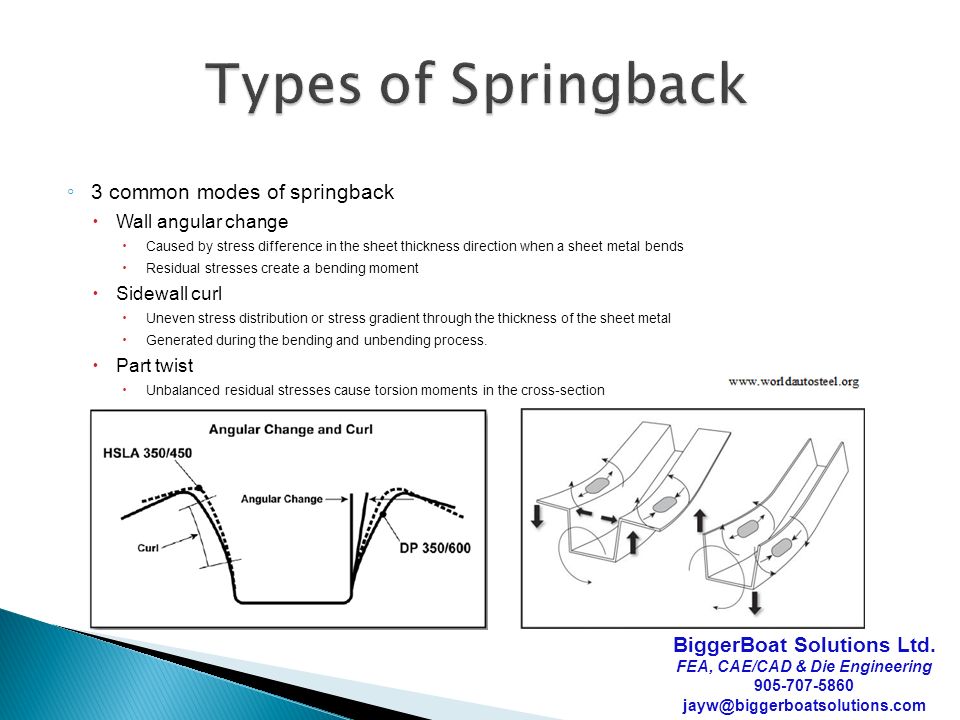Another common sheet metal forming process is bending.
Curling process in sheet metal.
Curling curling sheet metal is the process of adding a hollow circular roll to the edge of the sheet.
Other parts are curled to perform their primary function such as door hinges.
Curling can be performed to eliminate sharp edges and increase the moment of inertia near the curled end.
Curling is different than a tear drop hem because in a curl the edge finishes inside itself where a hem leaves the initial edge exposed.
Curling is a sheet metal forming process used to form the edges into a hollow ring.
Curling means forming an edge of circular cross section along a sheet or at the end of shell or tube.
Curling on a panel or leaf bender is often limited to off center curls because most panel benders do not have tooling profiles which can create the necessary down bend to put the curl on center.
The curled edge provides strength to the edge and makes it safe for handling.
Curling also is used to smooth edges and add strength and rigidity to a part.
Curling deforms metal into a tubular radial profile.
Curling can be performed to eliminate sharp edges and increase the moment of inertia near the curled end.
Curling is a sheet metal forming process that s used to smooth out the otherwise sharp and rugged edges of.
This happens at the top and bottom surfaces since the bottom cutting die is pushing up with the same force that the punch is pushing down.
6 common sheet metal forming process 1 curling.
Sheet metal curling curling is the process of forming a circular ring at the edge of the metal sheet to make it safer for handling.
Curls can be fabricated through kinds of types including roll forming stamping leaf bending and on a traditional press brake.
Other parts are curled to perform their primary function such as door hinges.
Door hinges are a good example of parts that are made using this process.
There is a difference between a curled edge and a tear shaped hem.
Companies typically perform bending on sheet metal.
In manufacturing practice the plastic deformation occurring at the surfaces of the sheet metal at this stage in the cutting operation is referred to as rollover.

